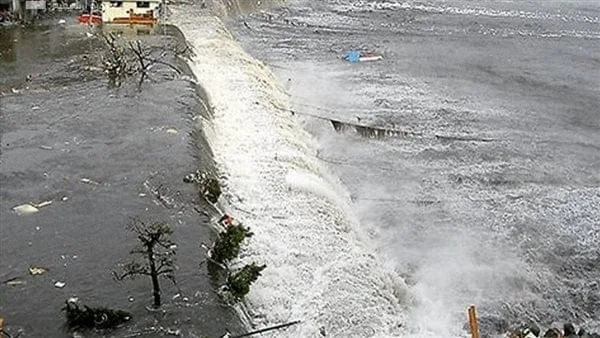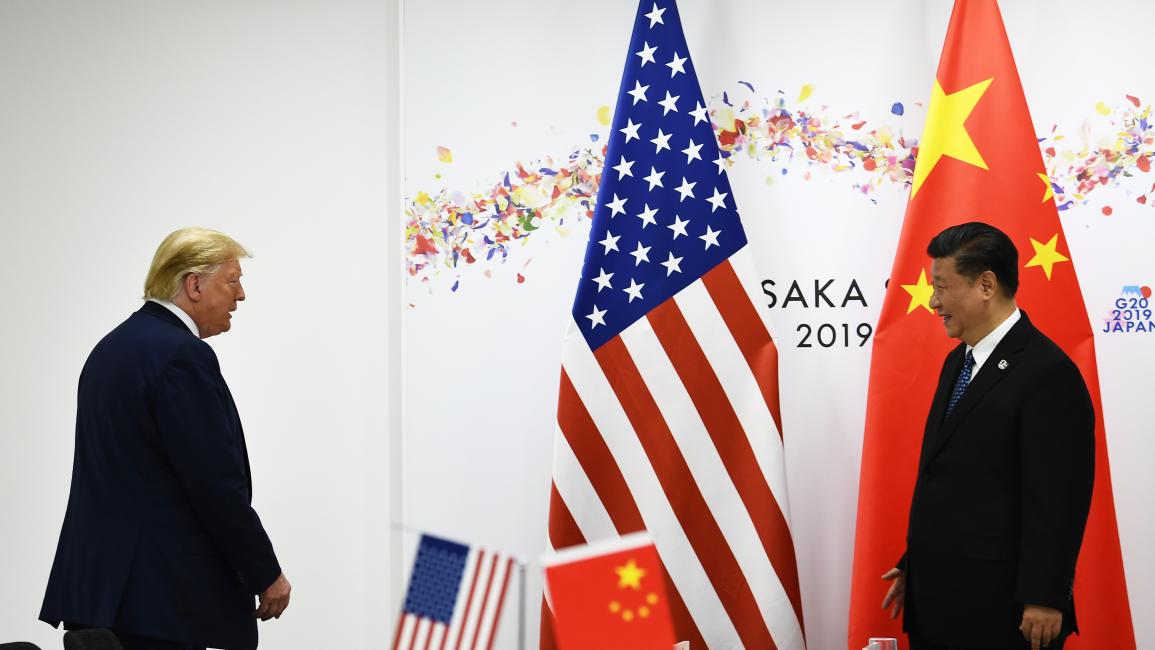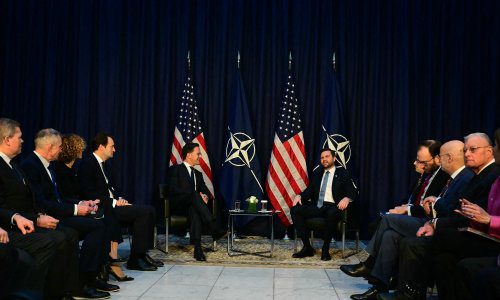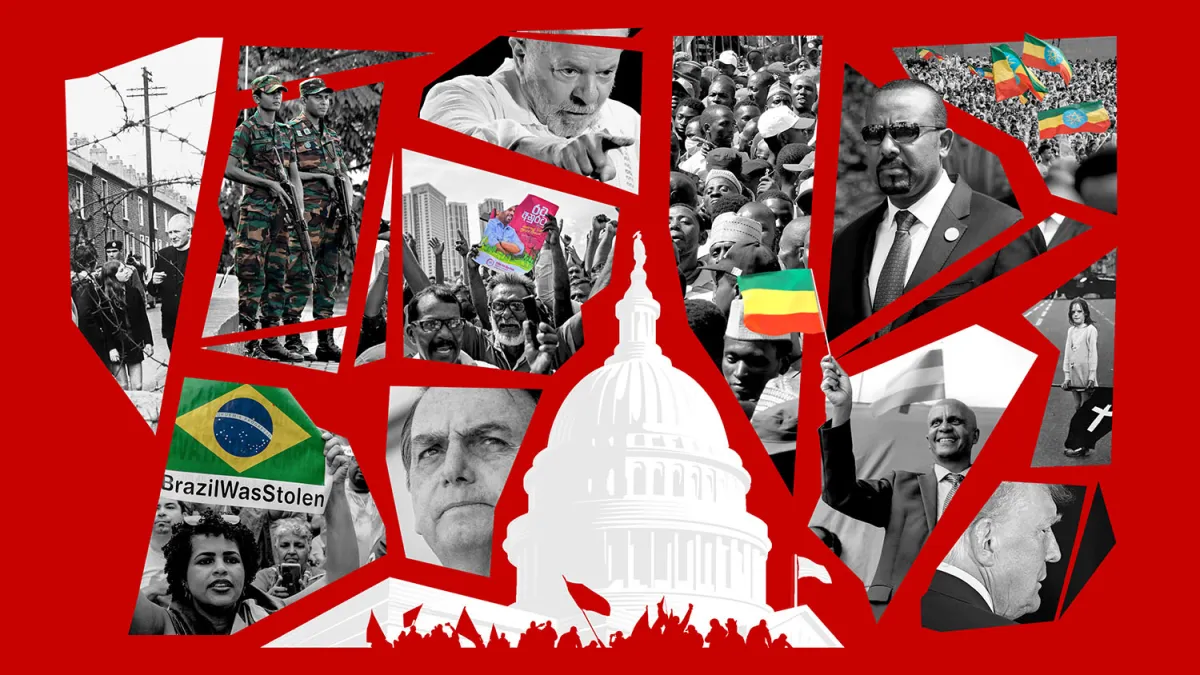Powerful Quake in Russia Sparks Pacific-Wide Tsunami Fears

A massive 8.8‑magnitude earthquake struck off Russia’s Kamchatka Peninsula, sending shockwaves across the Pacific and triggering tsunami alerts from hawaii to Japan and the western us. As millions braced for impact, questions quickly emerged about disaster preparedness, economic risk, and how political voices like donaldtrump reacted to unfolding events.
Chaos Turns to Coordination
In hawaii, sirens pierced the quiet morning, sparking urgent evacuations. Thousands flooded inland roads, leaving beaches and coastal hotels behind. Despite fears of chaos, local authorities guided crowds to safety zones, a testament to years of drills and public awareness campaigns.
Similar scenes played out across Japan and other Pacific islands, where tsunami warnings led to temporary closures of ports and precautionary shutdowns of critical infrastructure. For a moment, the world held its breath, fearing a repeat of historic disasters.
The Science Behind the Threat
Seismologists explained the quake struck along a megathrust fault, where the Pacific Plate pushes under the North American Plate. Experts linked to columbia university and researchers tracking seismic data highlighted the unique danger of these faults: they can displace vast amounts of seawater within minutes.
While the highest waves recorded in Hawaii were under two meters, scientists stressed that even smaller surges can damage ports, erode coastlines, and create deadly currents.
A Test for Preparedness Systems
Across the Pacific, tsunami alert networks worked rapidly, broadcasting warnings within minutes of the quake. Local emergency services in hawaii used social media, text alerts, and radio announcements to keep the public informed.
Analysts praised the speed and coordination but noted the challenge of avoiding “over‑evacuation.” Many residents left safe areas to join the rush inland, leading to traffic jams that could have endangered emergency responders.
Still, officials agreed that quick action was better than hesitation in the face of potential disaster.
Trump and the Political Angle
Former President donaldtrump issued a short statement urging Pacific residents to “stay safe and follow official guidance.” His words rippled across conservative media platforms like foxnews, thefive, and gutfeld, sparking debate about his role in national conversations on disaster readiness.
Supporters described the statement as responsible and unifying. Critics questioned whether previous administrations, including trump, had done enough to invest in coastal defenses and early-warning systems.
Economic Ripples and Tourism Fears
Hawaii’s economy, built heavily on tourism, felt the quake’s indirect impact almost immediately. Travelers postponed trips, hotel bookings slowed, and local businesses braced for potential losses.
Economists linked to the federalreserve warned that even brief interruptions in tourist arrivals can cost the islands millions. Meanwhile, experts called for more investment in resilient infrastructure and public education to reassure future visitors.
Voices on the Ground
As the tsunami alerts sounded, residents and tourists alike shared their fears online. Some described confusion over evacuation routes, while others praised hotel staff for clear instructions.
In coastal towns, locals gathered on higher ground, following real‑time updates and checking on neighbors. Many noted the calm, orderly behavior as proof that regular drills and education had paid off.
Aftermath and Reflection
Thankfully, the tsunami waves that finally reached Hawaii and other islands were smaller than worst-case forecasts. Damage was limited, though some harbors saw minor flooding and debris.
Emergency officials vowed to review evacuation plans and find ways to ease traffic congestion in future crises. The conversation also turned to long-term strategies: improving vertical evacuation shelters, updating hazard maps, and enhancing tourist communication.
Global Impact Beyond the Pacific
Beyond Hawaii and Japan, the quake triggered warnings in the broader world: from Chile to French Polynesia. While most alerts were lifted quickly, the event highlighted the global nature of tsunami risk.
Disasters thousands of miles away can disrupt daily life, markets, and travel plans across continents—underscoring why experts advocate constant readiness.
The Media Lens
Outlets like foxnews and programs including thefive covered the event from angles ranging from safety updates to political analysis. Some focused on Trump’s statement, while others highlighted scientific explanations and local heroism.
The media’s power to shape perception—turning a natural disaster into a political talking point—remained on full display.
Lessons for the Future
Scientists, local leaders, and community organizers agreed on one point: preparedness saves lives. Regular drills, early warnings, and clear public messaging helped reduce panic and keep casualties low.
Yet gaps remain. Emergency planners warned that a stronger quake or closer epicenter could bring more devastating waves. Continued investment in education, infrastructure, and science is critical.
A Moment That United and Divided
While many came together to help neighbors and share information, the quake also reignited debates about funding, climate resilience, and the role of government.
For some, Trump’s brief statement symbolized stability. For others, it felt like a missed opportunity to advocate for bigger, long‑term solutions.
Final Thought
Natural disasters reveal both the fragility and strength of communities. The Pacific quake showed how quickly alerts can cross oceans, how fear can fill highways, and how even a few words from a former president can shape headlines.
Ultimately, survival depended not on politics but on readiness: practiced plans, shared knowledge, and quick action that kept people safe when the sea threatened to rise.




